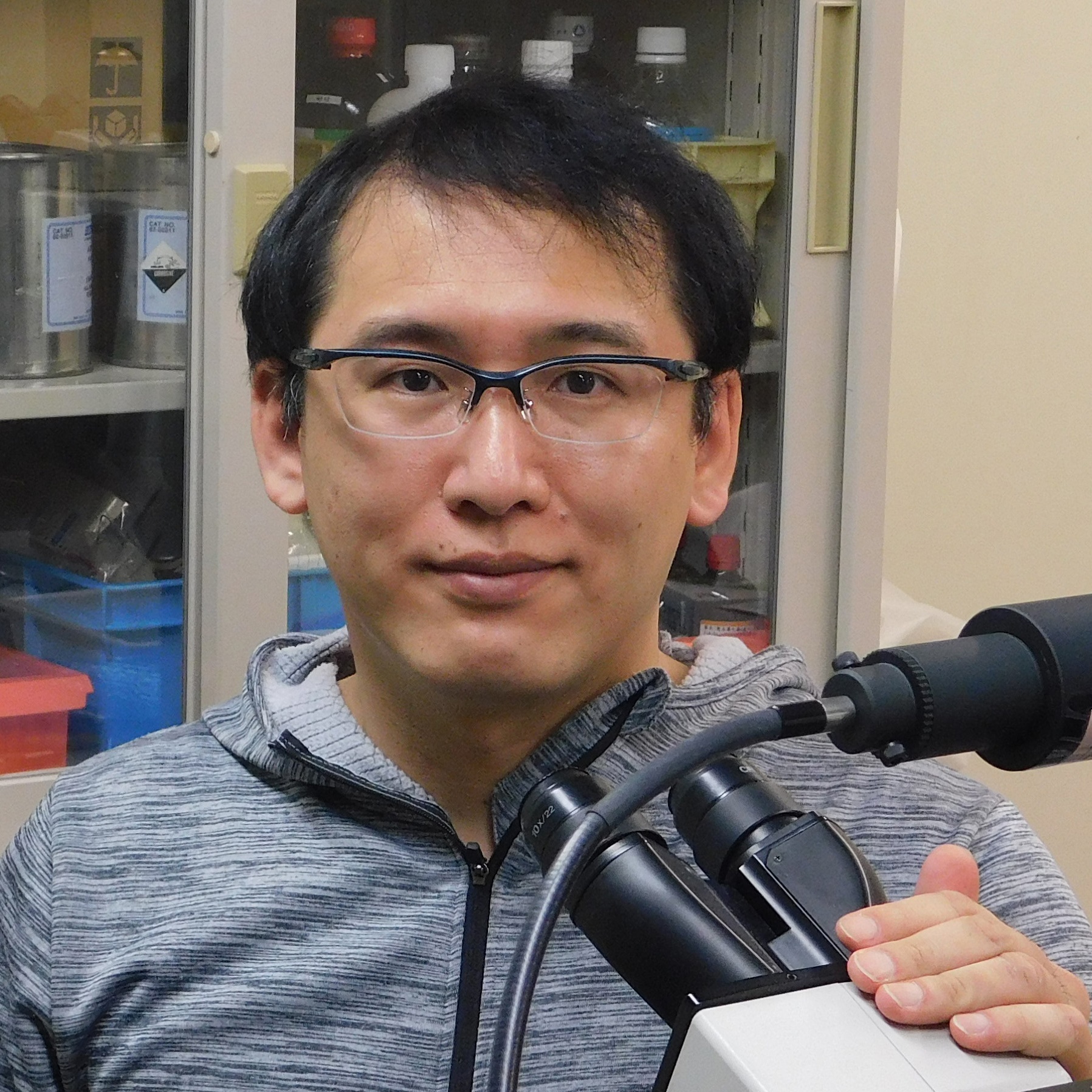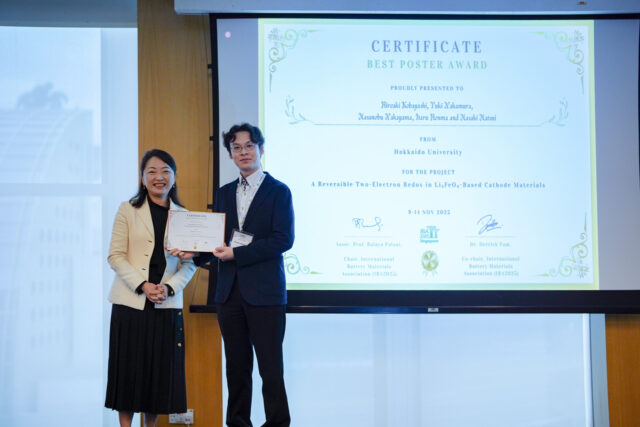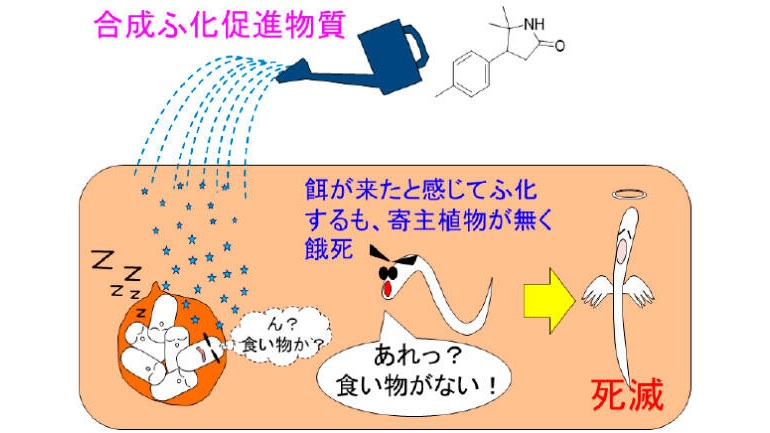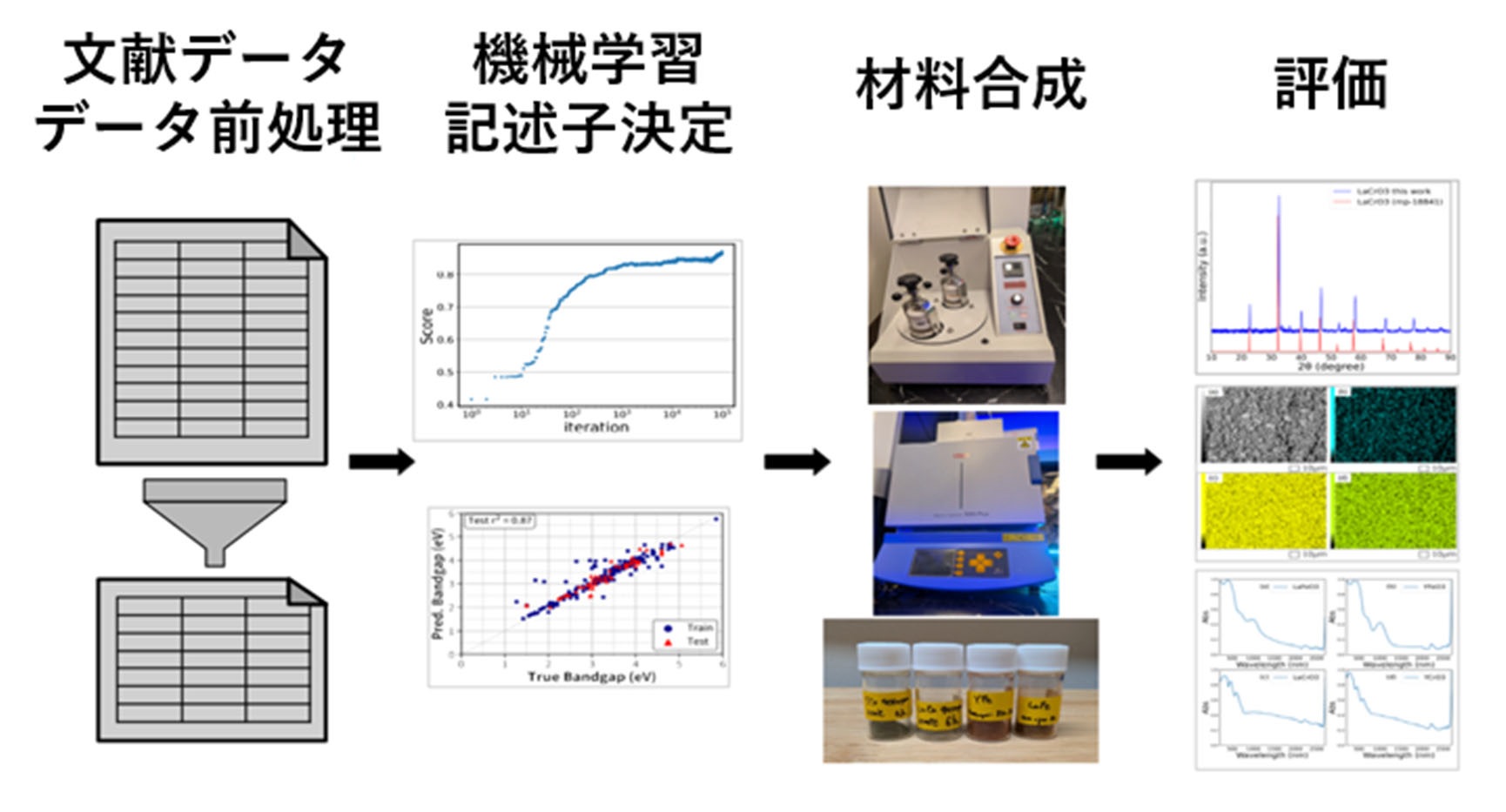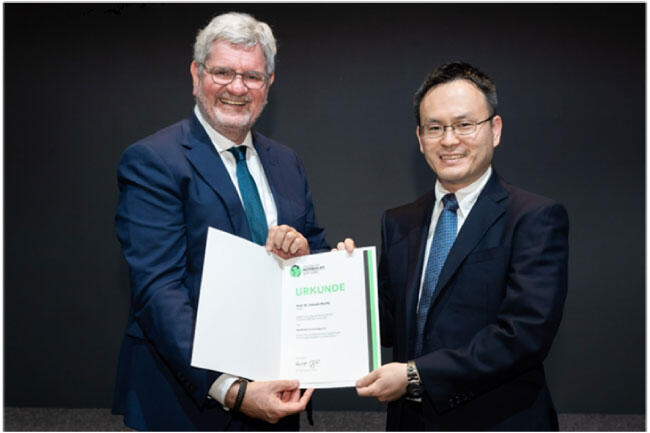The makings of a crystal flipper
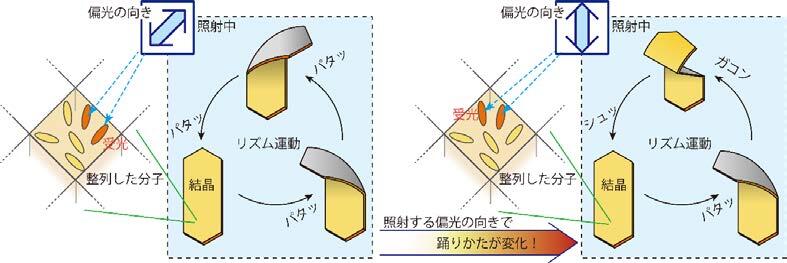
Insights into a flipping crystal could further research into the development of autonomous robots.
Hokkaido University scientists have fabricated a crystal that autonomously flips back and forth while changing its flipping patterns in response to lighting conditions. Their findings, published in a Chemistry Europe‘s journal, bring scientists closer to understanding how to build molecular robots that can prosecute complex tasks.
A crystal of azobenzene showing different patterns of flipping motion depending on the polarity of light.
(Kageyama Y. et al., Chemistry – A European Journal. March 19, 2020. DOI: 10.1002/chem.202000701)
A multitude of self-controlled functions, such as metabolism, goes on inside our bodies night and day. Scientists want to fabricate materials and molecular architectures that can similarly function on their own.
Hokkaido University physical chemist Yoshiyuki Kageyama and collaborators had previously observed a self-driven oscillating flipping motion in a crystal formed of azobenzene molecules and oleic acid. Azobenzene molecules are formed of two rings composed of carbon and hydrogen atoms, connected by a double nitrogen bond. These molecules receive incident light and convert the light energy to mechanical motion, leading to the repetitive flipping motion.
The scientists wanted to better understand what drives this autonomous motion, so they conducted intensive tests on crystals composed only of the azobenzene.
They found that the molecules inside the crystals were arranged in alternating sparse and dense layers. The dense layers hold the crystal together and prevent it from decomposing, while the sparse ones enable the photoreaction.
The group also found the crystal flipped differently, or didn’t flip, when a polarized light — which oscillate in a single direction — was applied with different angles. This suggested azobenzene molecules play different roles depending on their position in the crystal; When they receive light, some molecules act as reaction centers to initiate the periodic behavior while other molecules modulate the motion.
“This autonomous behaviour represents a response to information contained in the energy source, the angle of polarized light in this case, results in a rich variety of motions,” says Yoshiyuki Kageyama. “We hope our findings support further research into constructing self-governable molecular robots.”
Original article:
Yoshiyuki Kageyama et al., Light‐driven flipping of azobenzene assemblies ― sparse crystal structures and responsive behavior to polarized light. Chemistry – A European Journal, March 19, 2020.
DOI: 10.1002/chem.202000701
Funding:
This study was supported by JST PRESTO “Molecular Technology and Creation of New Functions” (JPMJPR13K6), JSPS KAKENHI (JP17H05247) in Scientific Research on Innovative Areas “Photosynergetics,” and JSPS KAKENHI (JP18H05423) in Scientific Research on Innovative Areas “Molecular Engine.”
Contacts / Further information:
See the press release by Hokkaido University


